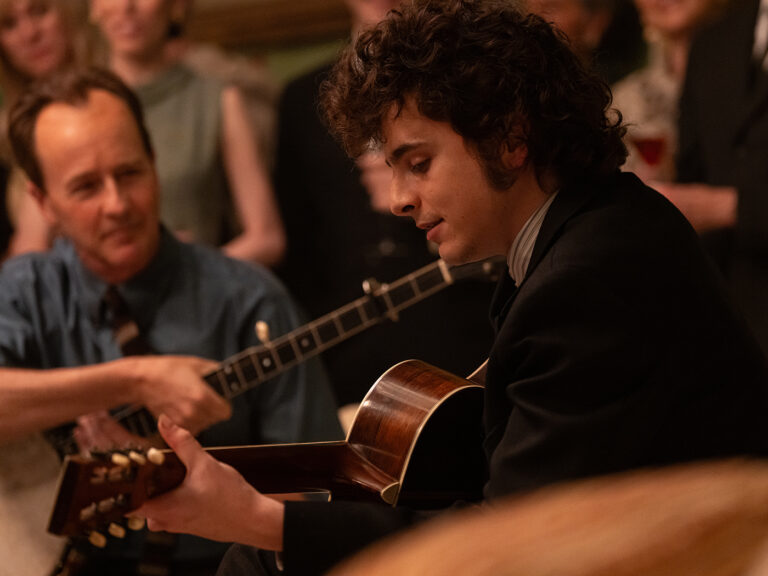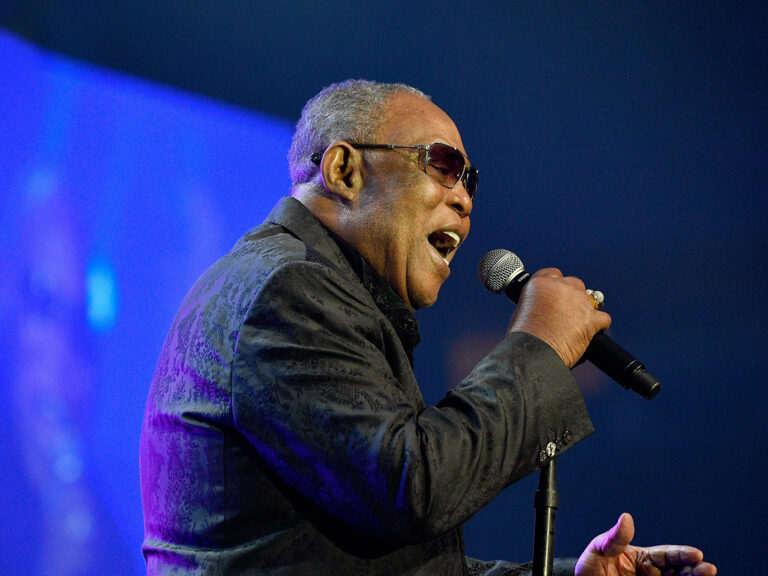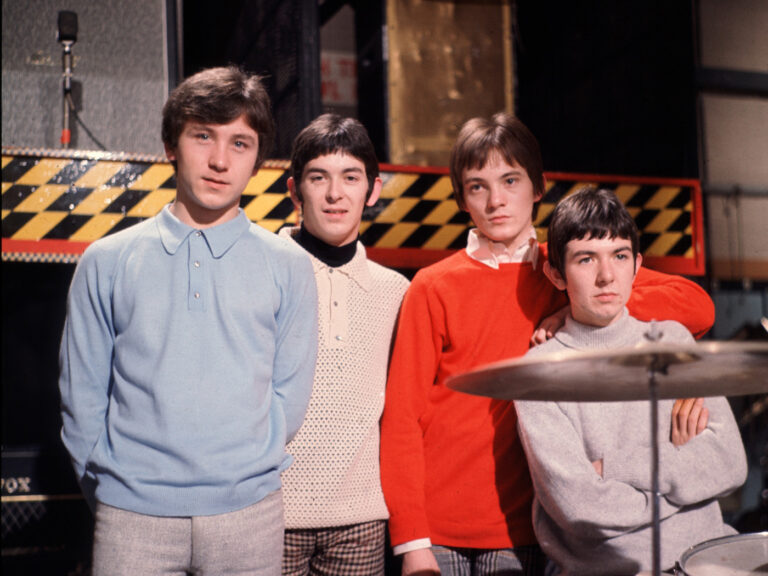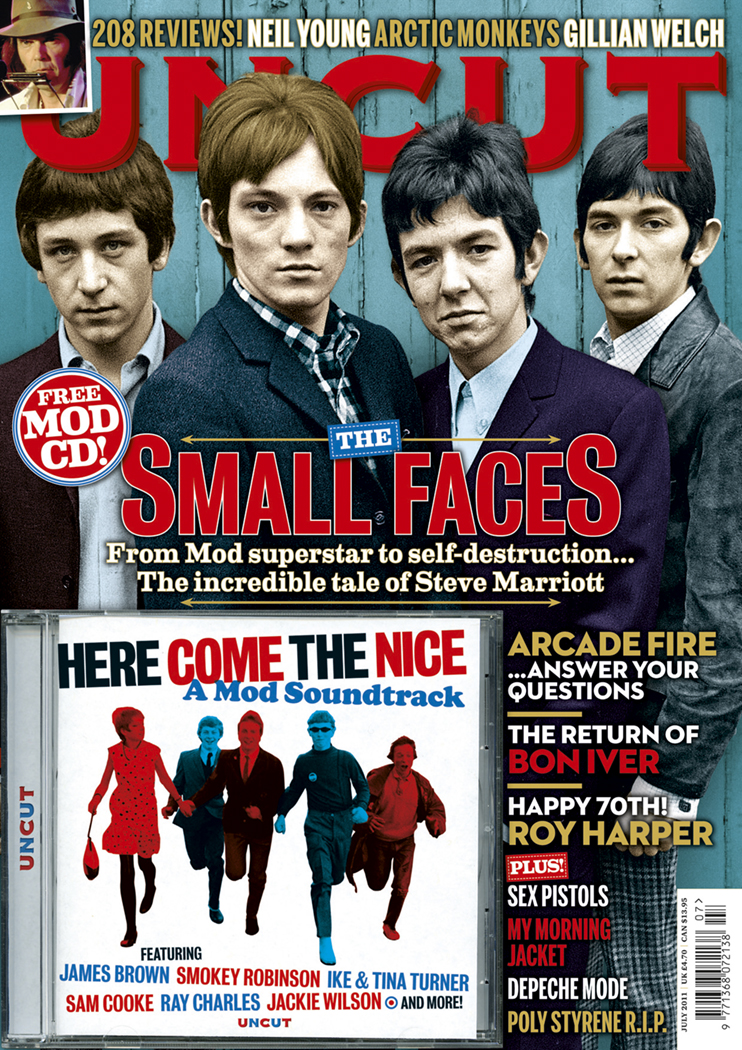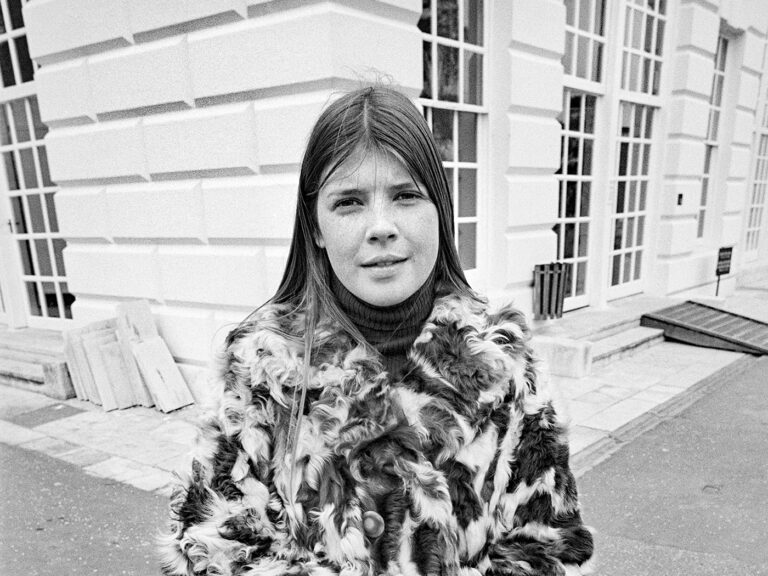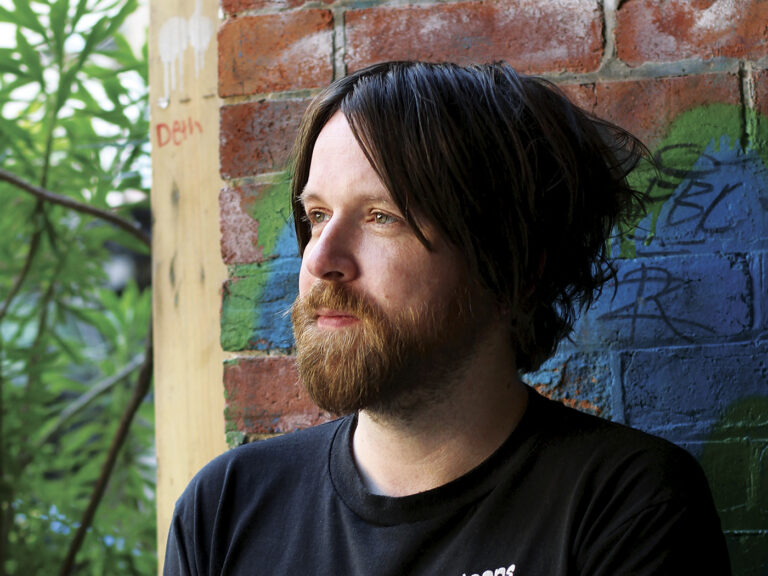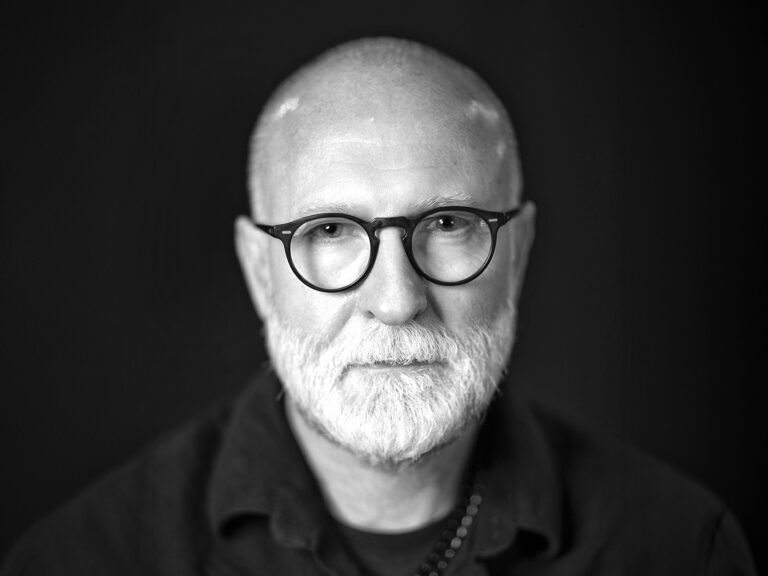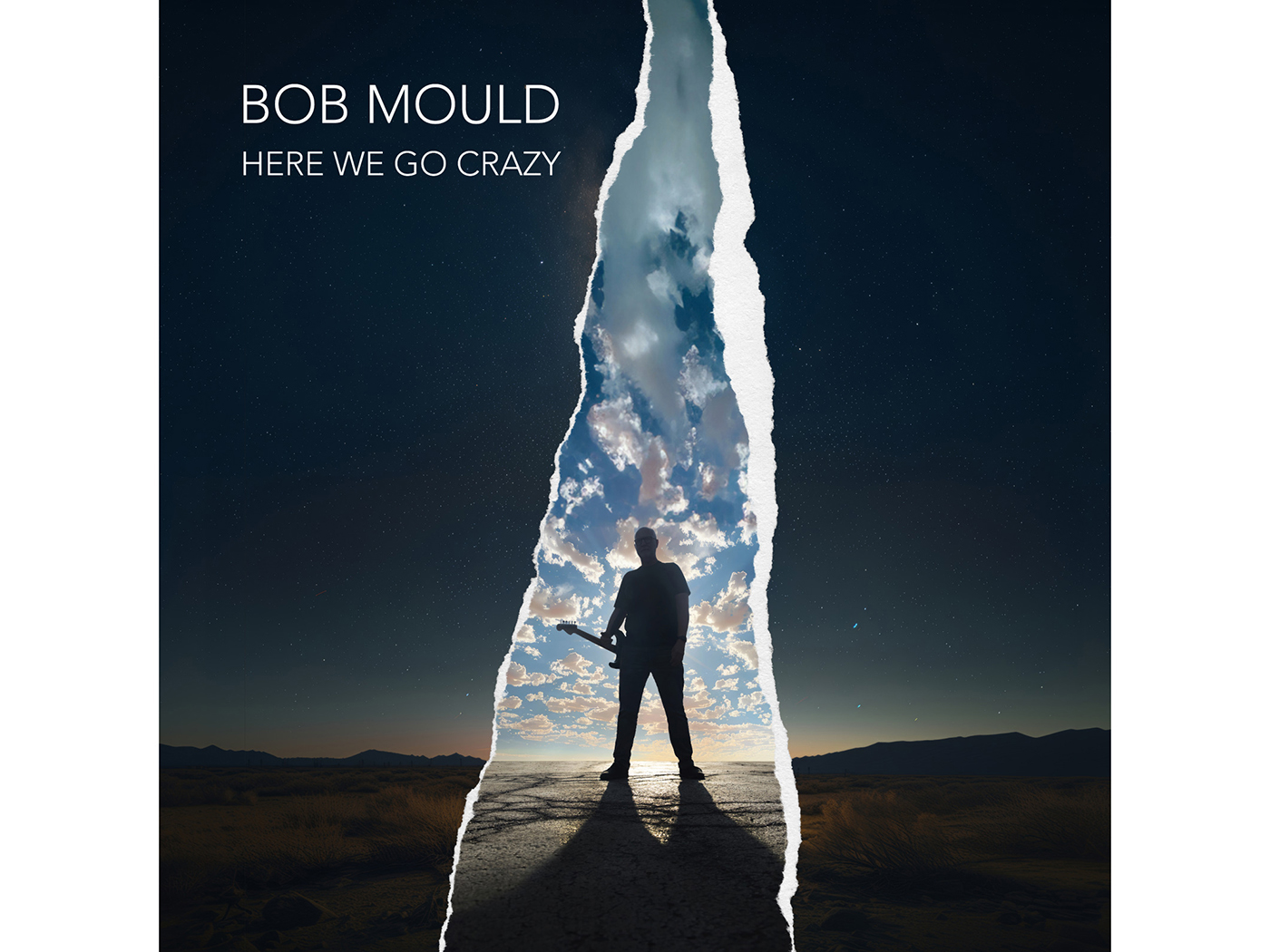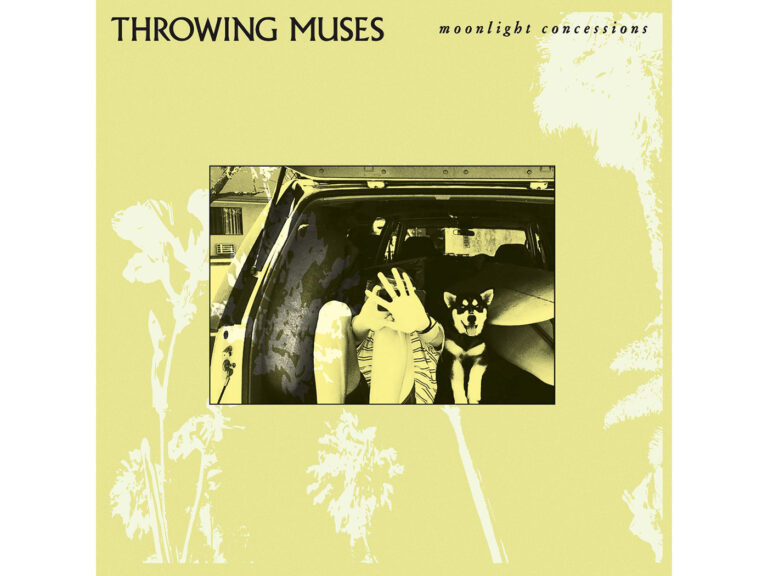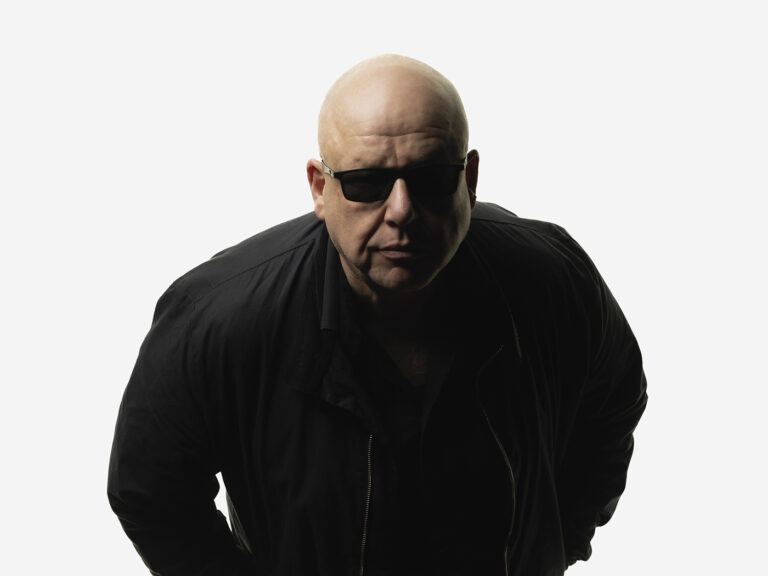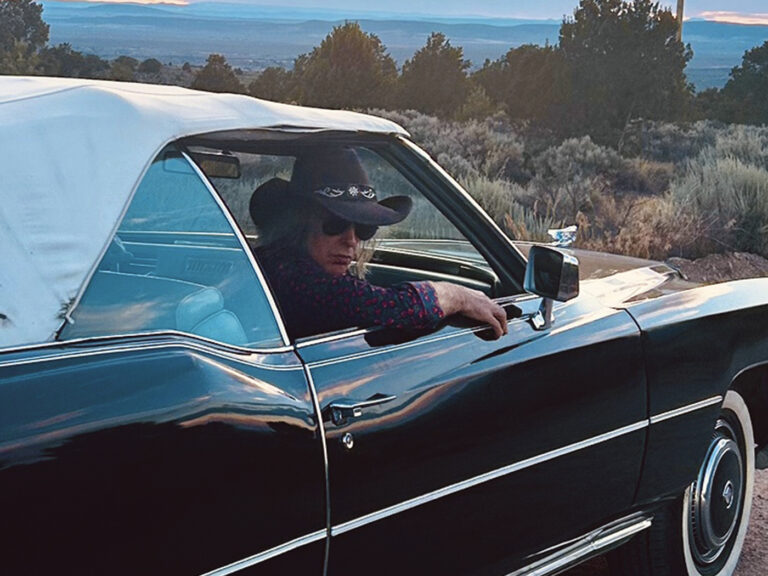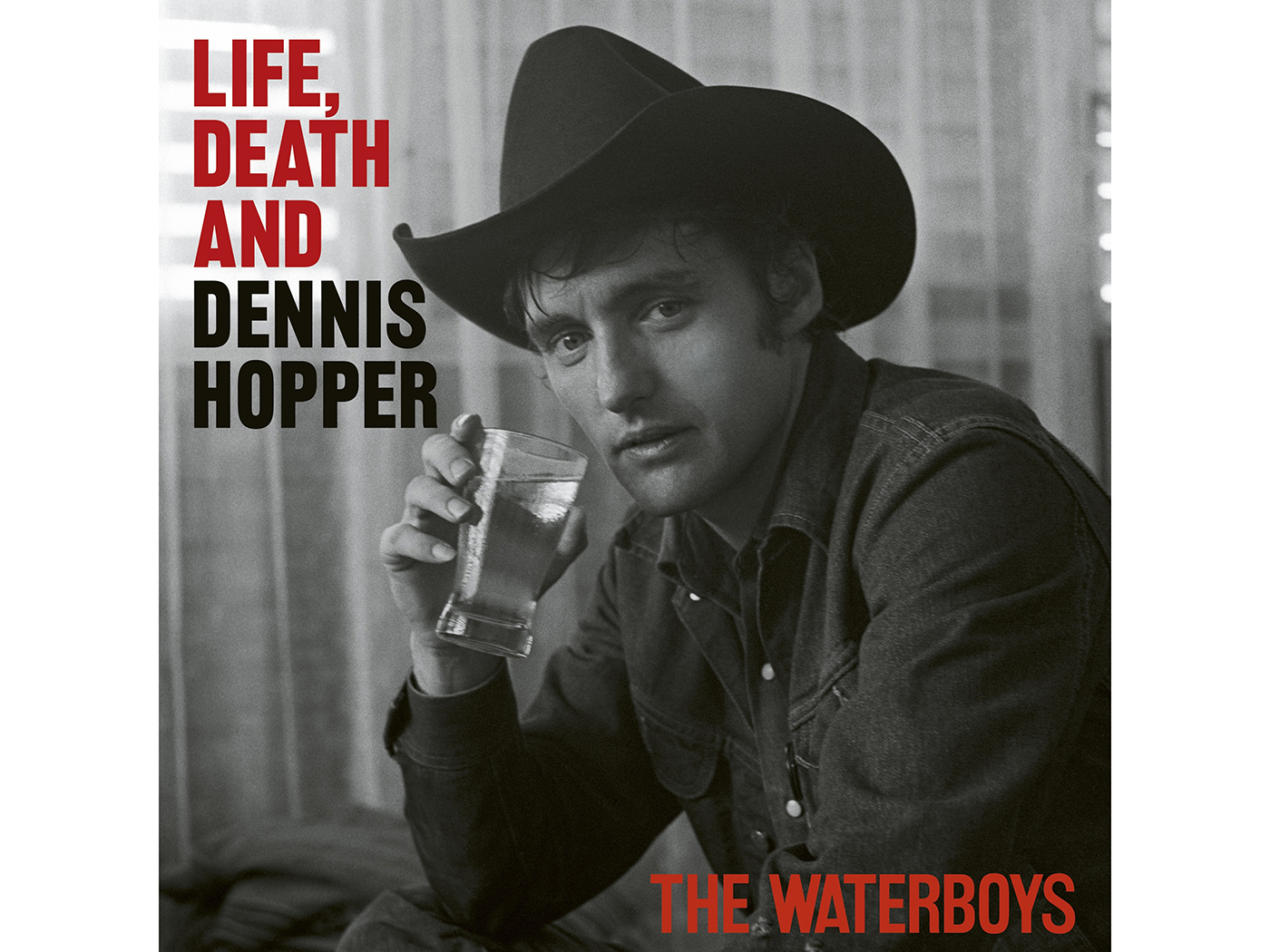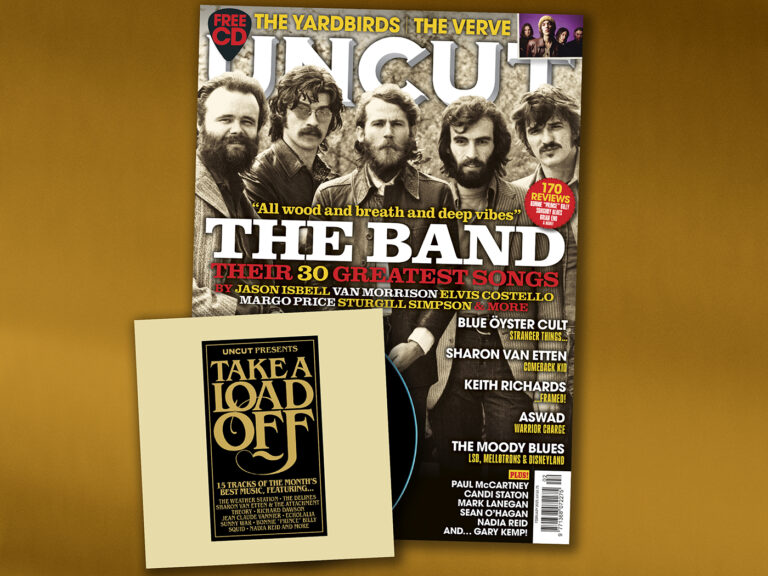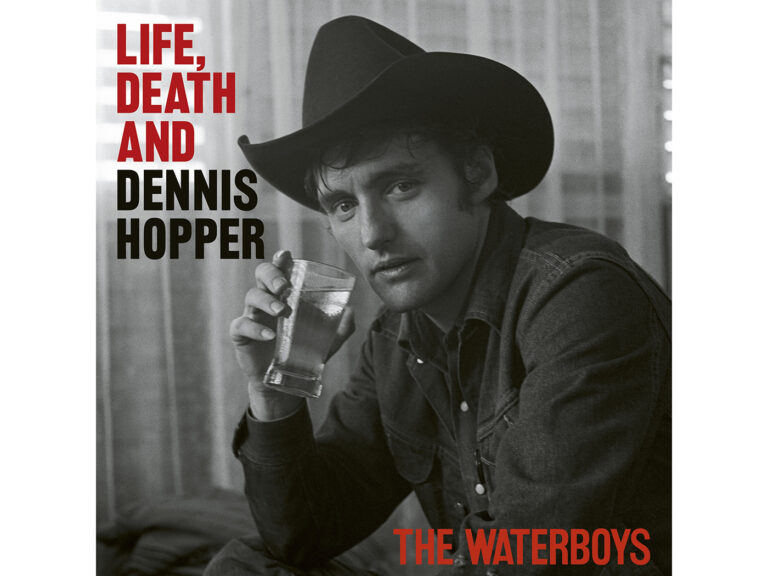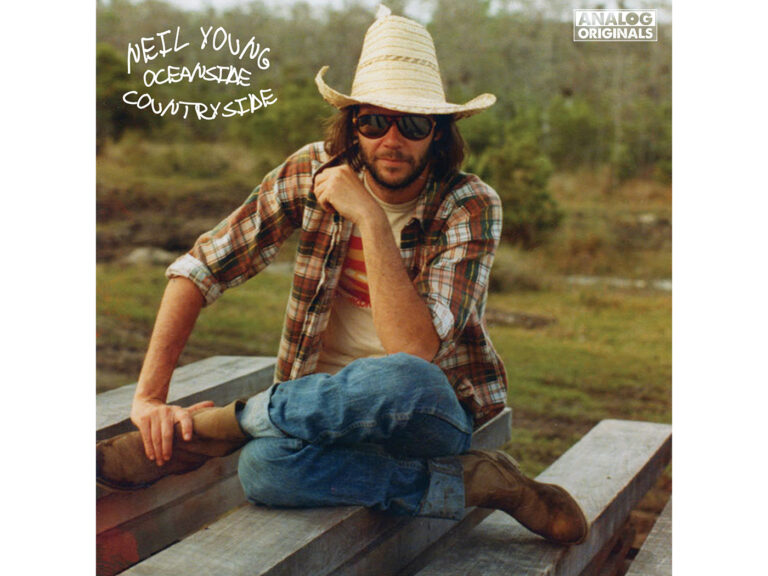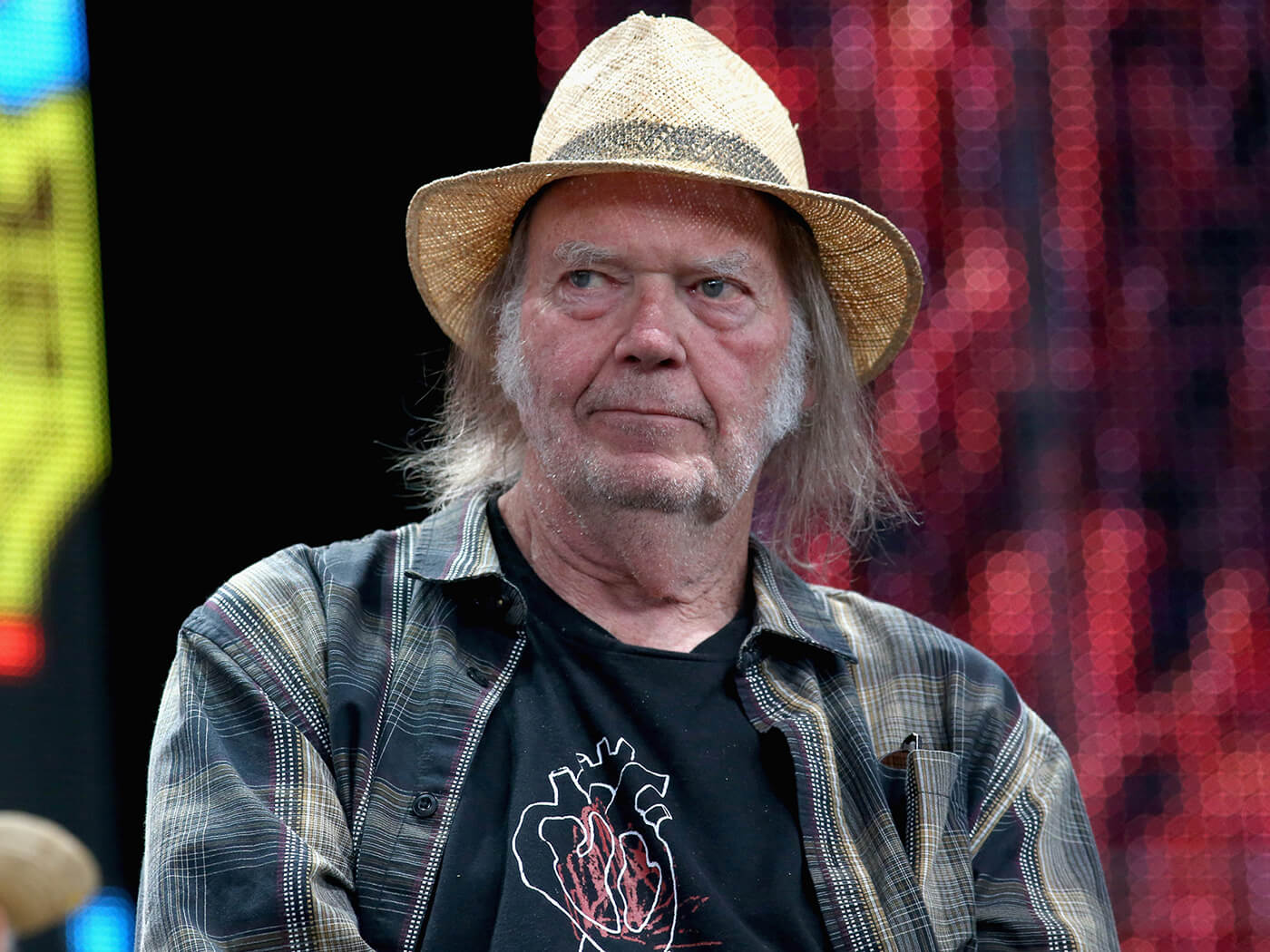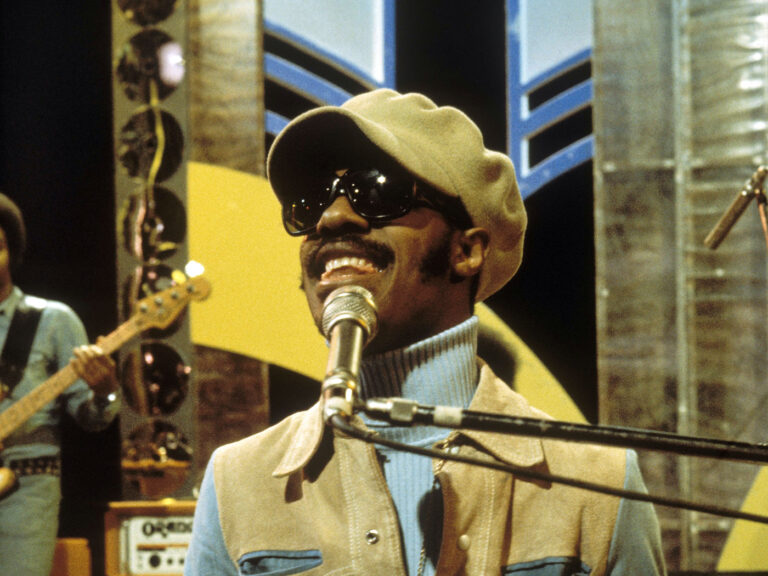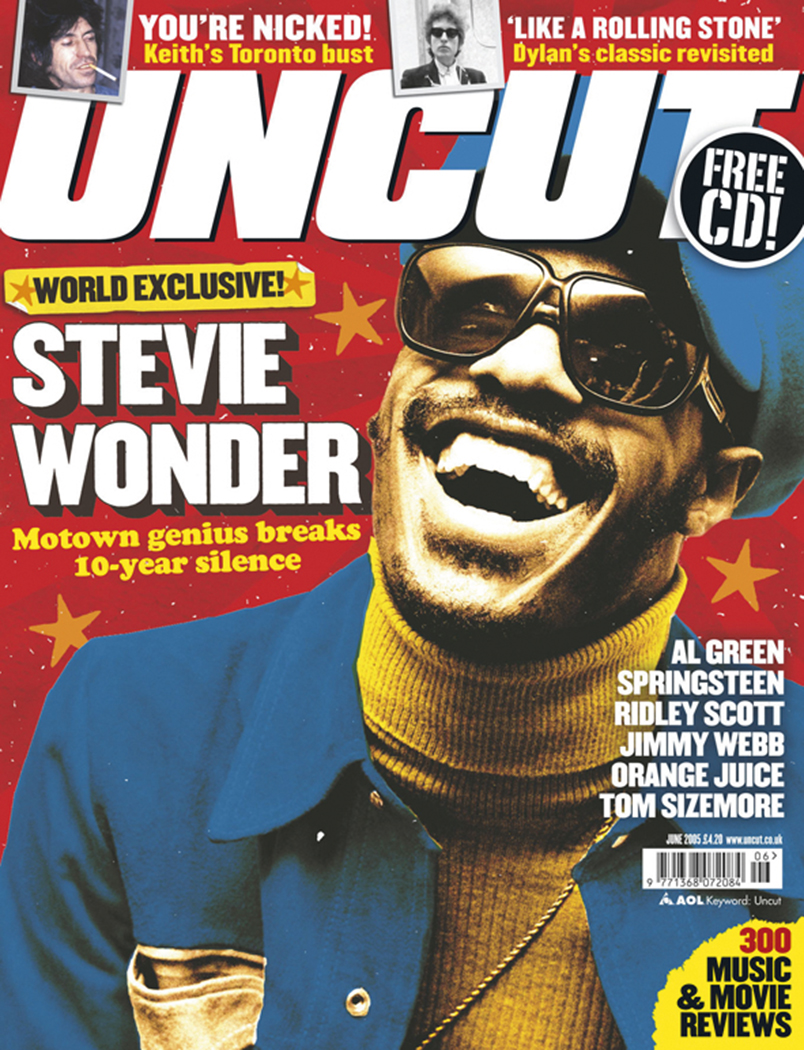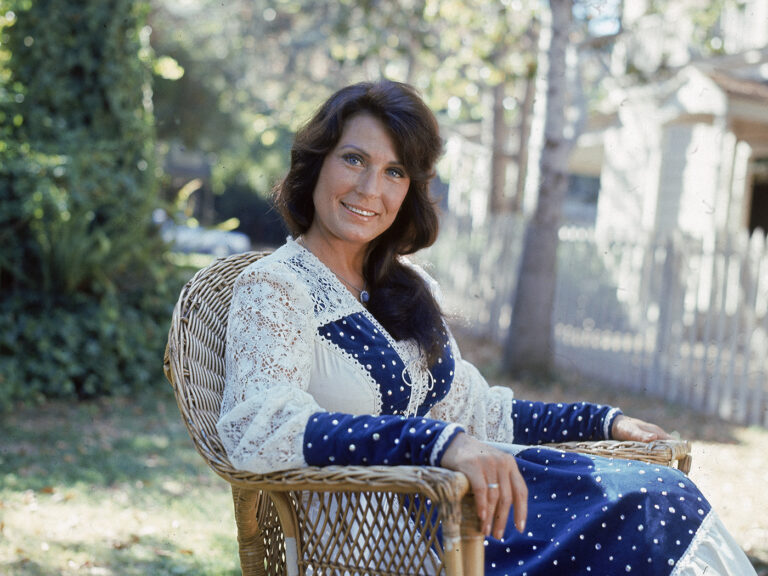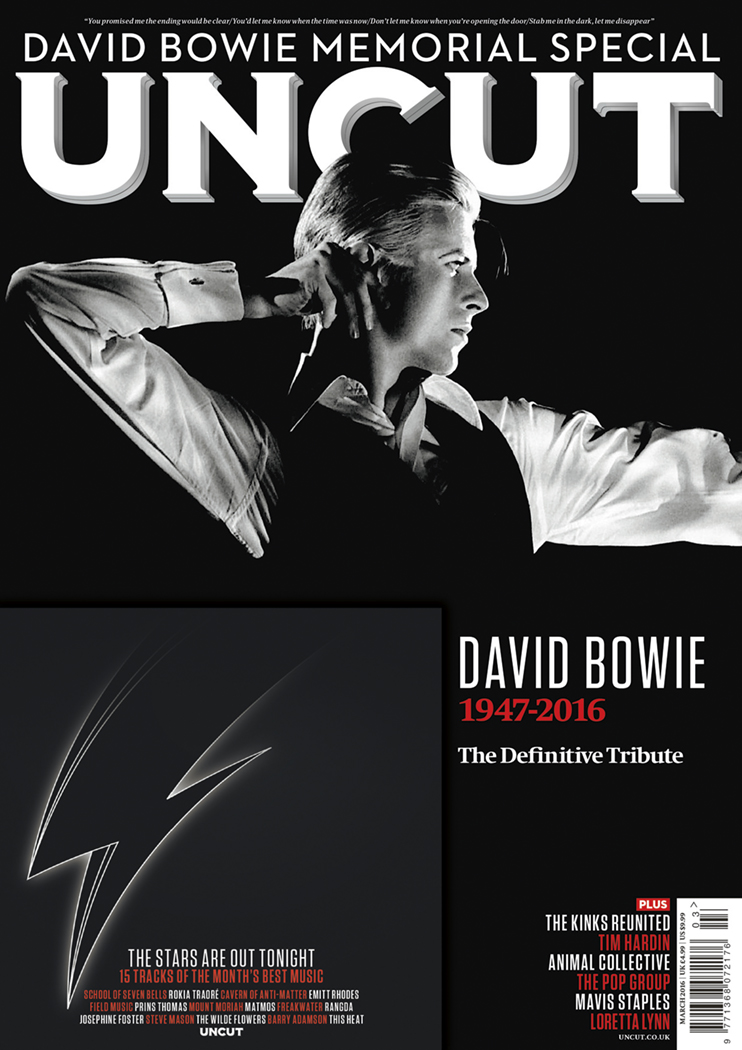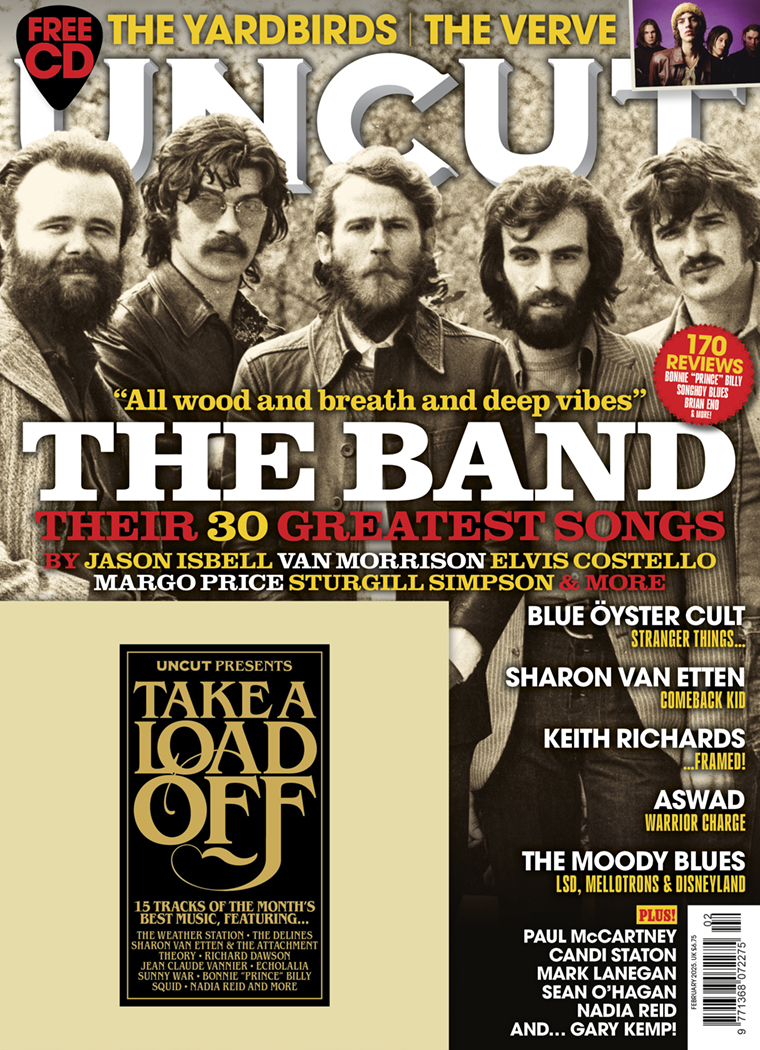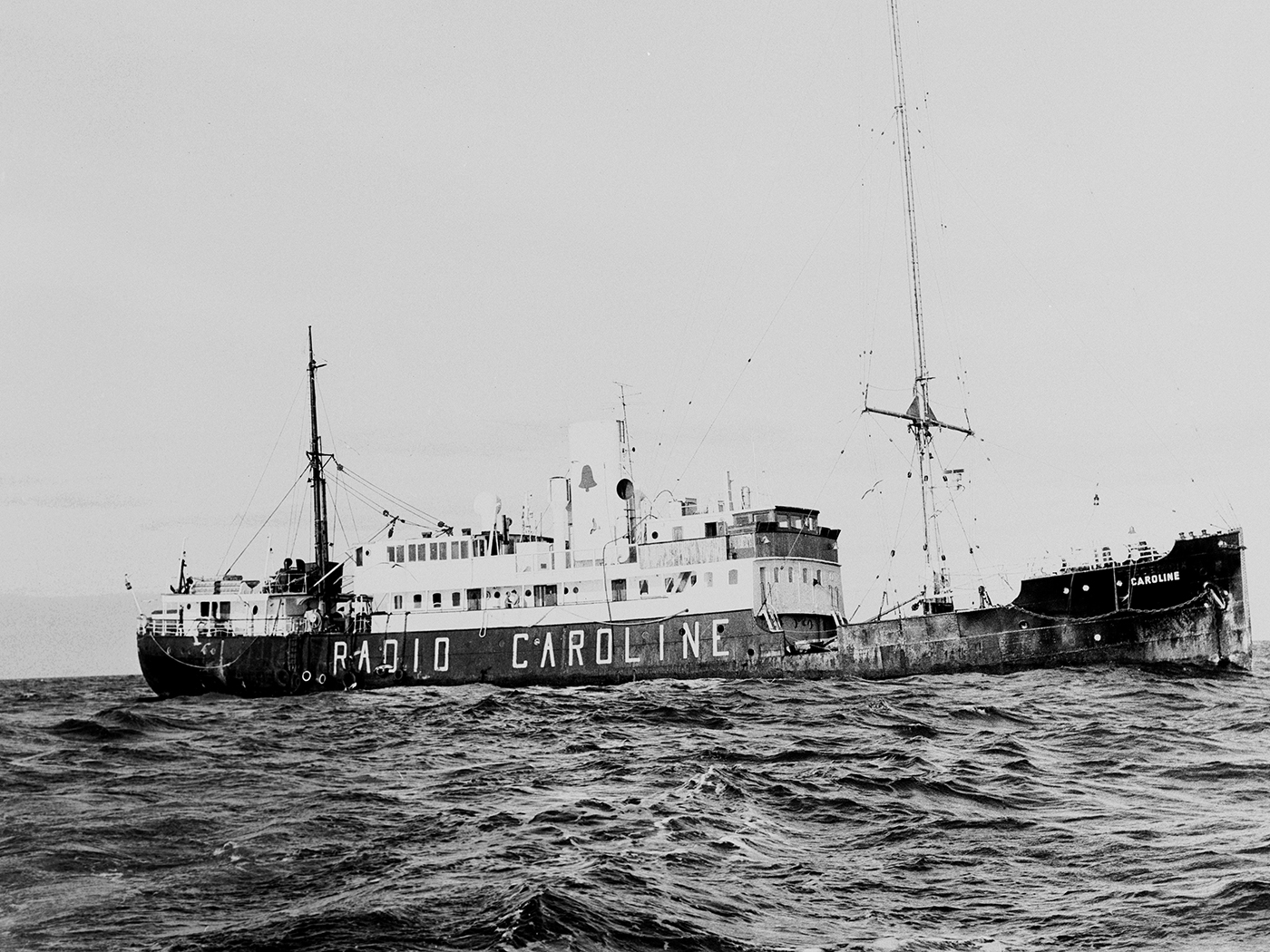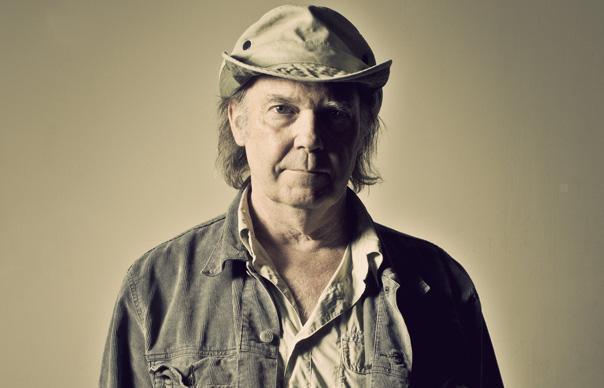Neil Young releases Oceanside Countryside, the latest of his great “lost” albums, on February 14 as part of his Analog Original Series (AOS) via Reprise.
THE BAND, THE VERVE, SHARON VAN ETTEN AND MORE STAR IN THE NEW UNCUT; ORDER A COPY HERE
The album was recorded from May to December 1977, preceding the release of Comes A Time in 1978. The two albums share the same country/folk sound, and three songs (“Goin’ Back”, “Human Highway” and “Field Of Opportunity“) appear on both albums.
The vinyl release of Oceanside Countryside includes some tracks that are on the CD of the same name in Young’s Archives Vol. III. However, this track list is how Oceanside Countryside was originally planned to be released and finally will be made available on vinyl for the first time. Recorded on tape, these are the original mixes done at the time of recording.
Says Young, “This analogue original album, recorded in 1977, was unreleased at the time. These songs are the original mixes done at the time of the recordings. I sang the vocals and played the instruments on Oceanside, in Florida at Triad studios and Malibu, at Indigo studio. I sang the vocals and recorded with my great band of friends at Crazy Mama’s in Nashville on Countryside. I hope you enjoy this treasure of an Analog Original recording as much as I do.”
The details for tracklisting are below.
Side One: ‘Oceanside’
1. ‘Sail Away’
Produced by Neil Young
Recorded at Triad Studios, Ft. Lauderdale, FL, September 12, 1977 with Michael Laskow and Paul Kaminsky.
Neil Young: Guitar, Vocals
2. ‘Lost In Space’
Produced by Neil Young
Recorded at Triad Recording Studios, Ft. Lauderdale with Michael Laskow and Paul Kaminsky.
Neil Young: Guitar, Vocals
3. ‘Captain Kennedy’
Produced by David Briggs, Tim Mulligan & Neil Young
Recorded at Indigo Ranch Studios, Malibu with Richard Kaplan
Neil Young: Guitar, Harmonica, Piano, Vocals
Greg Thomas: Drums
Dennis Belfield: Bass
Ben Keith: Steel Guitar & Dobro
Rufus Thibodeaux: Fiddle
4. ‘Goin’ Back’
Produced by Neil Young
Recorded at Triad Studios, Ft. Lauderdale, FL, September 16, 1977 with Michael Laskow and Paul Kaminsky
Neil Young: Guitar, Stringman, Vocals
5 ‘Human Highway’
Produced by Neil Young
Recorded at Triad Studios, Ft. Lauderdale, FL, September 14, 1977 with Michael Laskow and Paul Kaminsky
Neil Young: Guitar, Vocals
Side Two: ‘Countryside’
1. ‘Field Of Opportunity’
Produced by: Neil Young & Ben Keith
Recorded at: Crazy Mama’s, Nashville, TN, May 3, 1977
Neil Young: Guitar, Vocals
Ben Keith: Pedal Steel Guitar
Rufus Thibodeaux: Fiddle
Joe Osborn: Bass
Karl T. Himmel: Drums
2. ‘Dance Dance Dance’
Produced by: Neil Young & Ben Keith
Recorded at: Crazy Mama’s, Nashville, TN, May 3, 1977
Neil Young: Guitar, Vocals
Ben Keith: Dobro
Rufus Thibodeaux: Fiddle
Joe Osborn: Bass
Karl T. Himmel: Drums
3. ‘The Old Homestead’
Produced by: David Briggs, Elliot Mazer, Tim Mulligan & Neil Young
Recorded at: Quadrafonic Sound Studio, Nashville and Broken Arrow Studio, Redwood City, CA with Elliot Mazer
Neil Young: Guitar, Harmonica, Piano
Levon Helm: Drums
Tim Drummond: Bass
Ben Keith: Steel Guitar, Dobro
Rufus Thibodeaux: Fiddle
Tom Scribner: Saw Player
Levon Helm appears courtesy of MCA Records Inc.
4. ‘It Might Have Been’
Produced by: Neil Young & Ben Keith
Recorded at: Crazy Mama’s, Nashville, TN, May 3, 1977
Neil Young: Guitar, Vocal
Ben Keith: Pedal Steel Guitar
Rufus Thibodeaux: Fiddle
Joe Osborn: Bass
Karl T. Himmel: Drums
5. ‘Pocahontas’
Produced by: David Briggs and Neil Young
Recorded at: Indigo/Triad, Ft. Lauderdale, FL, September 4, 1977 with Michael Laskow and Paul Kaminsky.
Neil Young: Guitars, Vocals



